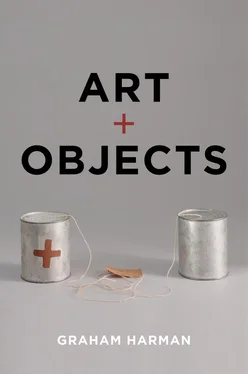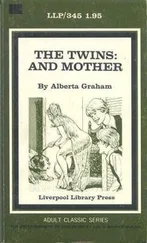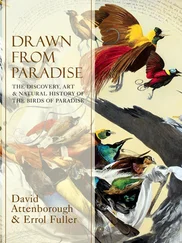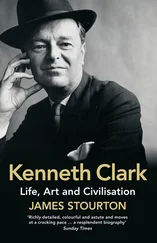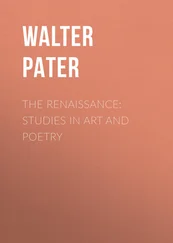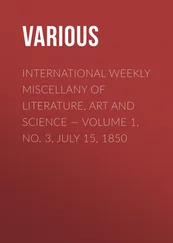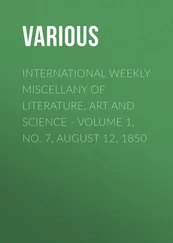Over the ensuing decades Heidegger has gained wide influence, and is now taken seriously even in analytic philosophy circles that tend to be allergic to philosophers from the heavily Franco-German continental tradition. Unfortunately, the mainstream interpretation of Heidegger limits his importance by reducing his insight to a trivial form of pragmatism. Heidegger’s chief lesson is widely said to be as follows: prior to any theoretical or perceptual access to things, we deal with them through a set of unconscious background practices, one that is holistically determined by our total social-environmental context. 10But there is a serious problem with this interpretation, and OOO first arose in the 1990s in direct opposition to it. For one thing, it should be clear that our practical contact with things is no more exhaustive than our theoretical or perceptual awareness of them. Heidegger is certainly right that our scientific objectification of a fish or flower fails to exhaust the full depths of these things. Perceiving something directly with the mind does not mean capturing the whole of its reality: no sum total of views of a mountain, for instance, can ever replace the existence of that mountain, any more than the set of all organic chemicals exhausts the existence of their key ingredient, carbon. Even if God could see all sides of a mountain simultaneously from every possible vantage point, this would not be enough: for the mountain is simply not a sum of views, as claimed tacitly by the idealist philosopher George Berkeley and explicitly by the phenomenologist Maurice Merleau-Ponty. 11Quite the contrary: the mountain is the reality that makes all the views possible in the first place. In Heideggerese, we could say that the being of the chemical or mountain are not commensurate with any knowledge or perception of them; the mountain is always a surplus unmastered by all our efforts to grasp its properties. And yet, is the same not true of our practical dealings with an object? When we use a chemical in preparing a medicine or poison, or when we climb a mountain in a spirit of adventure, in these cases too we abstract certain features from these objects, which exist in their full and unexhausted plenitude quite apart from all our theoretical, perceptual, or practical encounters with them.
Another, harsher way of putting it is that the widely celebrated difference between the conscious theory or perception of a thing and the unconscious use of it is too superficial to count as a genuine philosophical insight. Far more important is the unbridgeable gap between the being of an entity and any human dealings with it at all, whether they be theoretical or practical. Another way of looking at it is that Heidegger, unlike Husserl, unwittingly revives a sense of the Kantian thing-in-itself. While it is true that Heidegger does not usually put it this way, there is a frequently overlooked passage where he directly invites this interpretation. In his important book Kant and the Problem of Metaphysics , published shortly after Being and Time , he writes as follows: “What is the significance of the struggle initiated in German Idealism against the ‘thing-in-itself’ except a growing forgetfulness of what Kant had won, namely … the original development and searching study of the problem of human finitude?” 12
But ultimately, it is not Heidegger’s own statements that authorize us to interpret his tool-analysis as leading back toward the Kantian noumenon. Thought experiments are often better understood by later figures than their original authors, as is clear from the history of science: Einstein’s ingenious reinterpretation of the Michelson/Morley experiment on aether drag comes immediately to mind. As soon as we realize that unconscious practices fail to grasp the reality of things just as much as theory and perception do, we come to see that Heidegger’s tool-analysis is not just a new theory of practical reason, but the demonstration of a noumenal surplus beyond all praxis no less than all theory. Furthermore, we must reject Heidegger’s claim that the system of tools is holistic , with all tools linking together in a totality that is determined by the purposes of some human being. For we must never forget that one of the chief features of tools for Heidegger is that they can break , and that nothing would break if it were seamlessly assigned to other tools in its environment. A hammer can break only because it has more features – such as feebleness or fragility – than the current practical system takes into account. While Kant seemed to place the noumena in another world far from human everyday life, Heidegger shows that the thing-in-itself enters and disrupts all thought and action in this world. We are always merely caressing the surface of things, only half-aware that they are more than our theory or praxis takes them to be at any moment. To summarize, what Heidegger bequeaths to philosophy is a model of individual beings impenetrable to the human senses and intellect, but equally opaque to everyday human use. Though he was too focused on the internal drama of human being ever to read his own tool-analysis in quite this way, I believe it would be possible to convince him of this interpretation if he were still alive.
This was the original motivating insight of OOO, dating to the early 1990s. The next one, coming a half-decade later, concerns a point on which there would be no hope at all of convincing Heidegger. 13For if it is true that no human theoretical, perceptual, or practical encounter with objects can ever exhaust the surplus reality of things, the same is true even of non-human objects in their relations with each other. Ultimately, the rift between things and our encounter with them is not the contingent product of a human, alien, or animal “mind,” but occurs automatically in any relation at all. When a stone strikes the surface of a pond, the stone is real, and so too is the pond. Through their interaction, they have either one-way or two-way effects on each other. But clearly the stone does not exhaust the reality of the pond, and neither does the pond encounter the full reality of the stone. In other words, it is not just humans that are finite, but objects more generally. The stone encounters the pond in a “stony” way even if it has no trace of anything like consciousness, and likewise, the pond encounters the stone in a “pondy” way. The same is true of any relation. Critics of OOO are often bothered by this point in particular, because this is where we break with the Kantian framework of modern philosophy, and also where our critics – wrongly – think that we stray into a form of disreputable panpsychism. For on this level we are speaking merely of the finitude of all relations, not claiming that this requires anything worthy of being called mental life.
Nonetheless, OOO does have a certain moral authority stemming from a largely forgotten aspect of the post-Kantian landscape. German Idealism continues to receive lavish praise for demolishing the thing-in-itself, yet it is rarely noted that the noumenon is not Kant’s only major principle, and hence not the only one that might have been reversed. The other, more claustrophobic element of Kant’s thought is the assumption that the only relations we can talk about must involve a human being. That is to say, for Kant as for his successors there is no way to speak of the relation between fire and cotton, but only of the human cognition of both as the first burns the second. This is the Kantian prejudice that German Idealism unknowingly preserves, despite its self-congratulatory murder of the noumenon. OOO holds, by contrast, that the German Idealist radicalization of Kant was not just contingent, but wrong. What should have happened instead, from the 1790s onward, is that Kant’s notions of finitude and the thing-in-itself should have been retained, while simply removing their restriction to cases involving human beings. For in fact, the entire cosmos is a dramatic strife between objects and their relations. The first principle of OOO is now on the table, the only one that most critics bother to take into account: the withdrawal of real objects from all relation. To discover the second, we must leave Heidegger and return to Husserl, doing more justice this time to his misunderstood legacy.
Читать дальше
